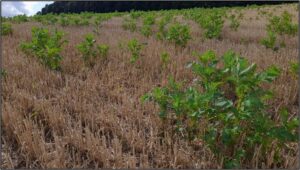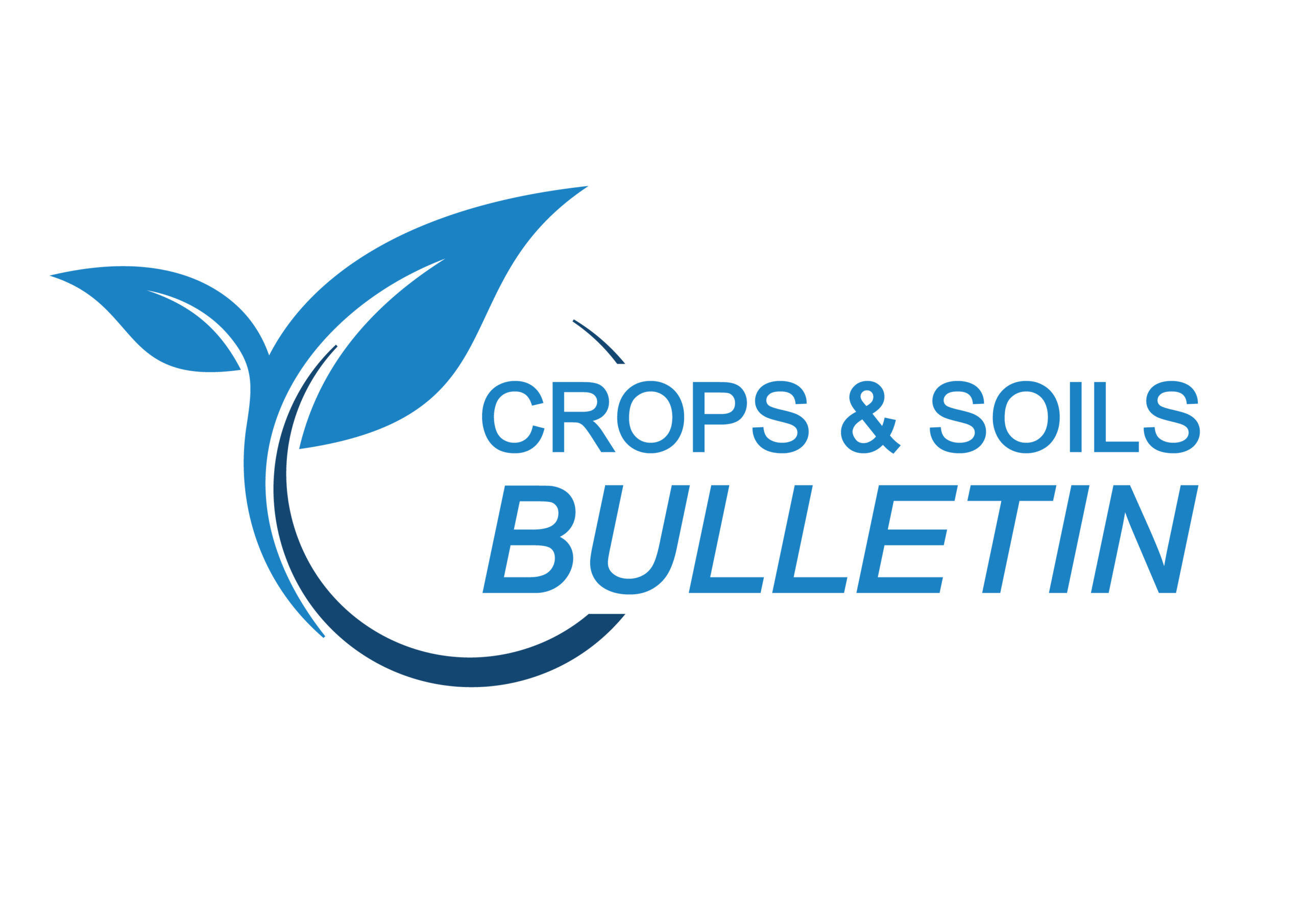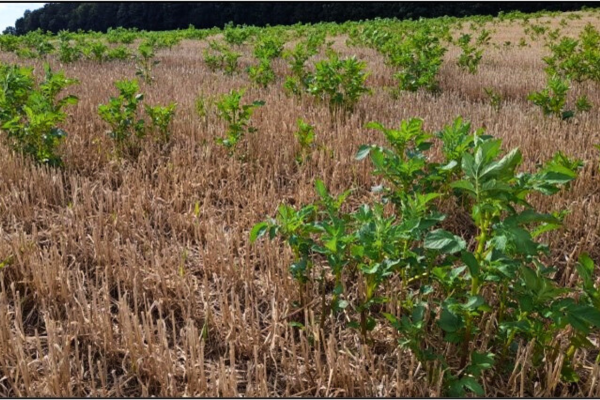What is the Disease Risk of Abandoned Potato Crops?
22 April 2024After the wet harvest season in 2023 there was a fair proportion (perhaps as much as 5%) of potato crops left in the ground overwinter. Attempts have been made to lift these in early 2024, but continuing wet weather has prevented many from doing so and there have been some write offs. Crops which have been spring lifted are of very disappointing quality. This has prompted questions from growers on whether these abandoned tubers pose an increased disease threat to crops to be planted this season.
In short, the subsequent risk for disease spread is low. A large proportion of these tubers will have rotted away. Some due to frost and some due to bacterial/fungal activity given the wet winter. Most of the microorganisms associated with tuber rotting will dissipate back to average levels naturally – the frequent rain will have helped with this too. So, to summarise those bacteria and fungi which may cause harm to future crops will likely have returned to base levels in the field by now. This means with management of future crops using appropriate crop protection measures, there should be no increased risk of disease from soil-borne pathogens.
The potatoes team at SAC Consulting have never observed any issues with following crops where tubers have been left in the ground over winter. Anecdotally there are growers in England who deliberately leave tubers over winter (in peat-heavy areas), and they don’t report ensuing disease issues on any of the regular crops planted next in rotation. It should be noted that due to leaving tubers in the ground for additional months, it may be necessary to extend the rotation for that field – e.g. add an extra year on for that field until potatoes are planted again.
Groundkeeper Control

Figure 1 - Potato groundkeepers in wheat stubble
Soil preparation and planting of a new crop will take care of a few more stray tubers; however, groundkeeper control should be considered carefully for these fields. Groundkeepers (A.K.A volunteers) are those tubers which grow on in the next season’s crop after being missed during harvest (Figure 1). The presence of groundkeepers may increase the risk of disease in future crops as they provide safe havens for potato pests and diseases. For example they can allow potato cyst nematodes (PCN) to persist in a field which can reduce yield of future potato crops planted. Groundkeepers are also hosts for aphids which may transmit viruses into surrounding crops. As well as increasing the disease risk, groundkeepers also compete for resources (e.g., nutrients and space) with the actively growing crop, contributing to a reduced yield. It is important to try and manage groundkeepers (i.e. via use of glyphosate or rogueing out of the field post emergence.
Kerry Leslie, SAC Consulting
Sign up to the FAS newsletter
Receive updates on news, events and publications from Scotland’s Farm Advisory Service


